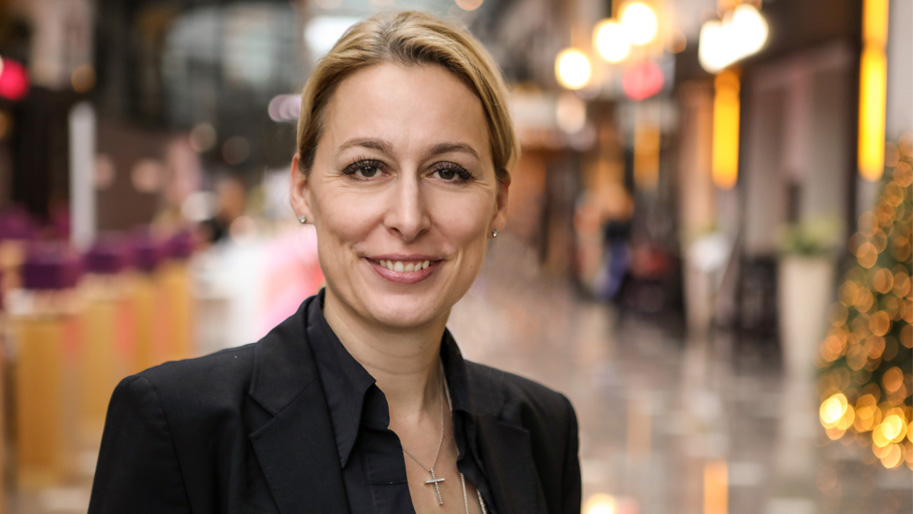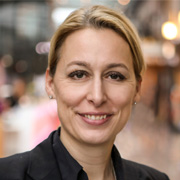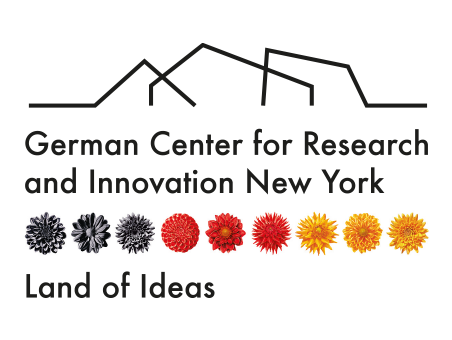Sustainability from the Ground Up
 © DGNB
© DGNB
Dr. Christine Lemaitre is CEO of the German Sustainable Building Council (DGNB), which works to achieve greater sustainability in the building and property industry. A trained structural engineer, she is a board member for both the World Green Building Council and the Cradle to Cradle Products Innovation Institute. In 2019 she was awarded the Eco Innovator Award by the Global Green Economic Forum.
DWIH: Hi, Dr. Lemaitre! Thank you for agreeing to chat with us. Some of our readers may not be familiar with the terms “sustainable building” or “green construction.” Can you break down what that means for us and what the difference is between “sustainable building” and “sustainable architecture”?
Lemaitre: For the DGNB, sustainable building is more than green, in other words more than energy-efficient, ecological building. It is about the implementation of a holistic sustainability quality that focuses not only on the environment but also on people and economic efficiency. Important criteria are the reduction of CO2 emissions, the avoidance of pollutants and hazardous substances, ensuring high indoor air quality, low costs over the life cycle of a building or low resource consumption in the sense of a circular economy. Sustainable architecture additionally takes into account the aspects of high design quality. In this respect, the DGNB has a globally unique award in addition to sustainability certification: the DGNB Diamond.
DWIH: What role does the German Sustainable Building Council (DGNB) play in advocating for green construction?
Lemaitre: The DGNB sees itself as a pioneering guide in the construction and real estate industry. Through certification, we address all those issues that help to ensure that better, sustainable buildings are planned and constructed. Here it is not enough to be guided by legal requirements alone. Those who take climate protection and sustainability seriously must be much more ambitious. As DGNB, we show how this can be done.
DWIH: The DGNB is Europe’s biggest network for sustainable building with 30 countries among its members and DGNB certificates or pre-certificates awarded in around 30 countries. Could you explain the significance of following a global effort when promoting sustainable building?
Lemaitre: In construction, there is often still a misunderstanding of the principle of “one fits all”. From a global perspective, this is a major problem because it leads to us making the same mistakes over and over again. We need a culture of learning from each other, and we have to keep an eye on climatic and cultural conditions. With our global initiative “Building Sense Now”, we are taking this approach. And we also maintain this open, honest exchange with our many partners around the world. Only in this way can we really move forward at the necessary speed.
DWIH: How do we prioritize green construction in housing when dealing with so many other housing-related problems like homelessness, refugee populations, overcrowding, outpricing and gentrification?
Lemaitre: It’s not about prioritization. Because we have no real conflict of objectives between sustainable building and these issues. Sustainability should be the basis of our building, as it offers solutions for many aspects. Sustainable building is not more expensive, even if the reservation persists. After all, the question is what you compare it to. Cheap and of inferior quality cannot be a sensible alternative to sustainability. In this context, the role of the media should also be critically addressed as it is only here that the topic is rarely really considered in a differentiated manner.

"Sustainability... is often misunderstood as a pure marketing effect. But it's much more. It is about creating healthy, beautiful living spaces."Dr. Christine Lemaitre
DWIH: You have said that “sustainability is the new normal,” and that sustainability is a synonym for quality for you. What must be done for this perspective to become more widely accepted?
Lemaitre: First of all, we have to take the excitement out of the discussions. Sustainability or the associated certification is often misunderstood as a pure marketing effect. But it’s much more. It is about creating healthy, beautiful living spaces. We must start by finally listening to experts and implementing the issues in a sound and systematic way. This also means moving away from individual case decisions and towards systemic change. Sustainability must simply no longer be an option in times of climate crisis. This is a matter for everyone: politicians and investors alike, but also everyone else who finances or helps to shape our built environment.
DWIH: Thanks for your insights, Dr. Lemaitre! We’d love to continue discussions like these at our Future Forum: Cities & Climate.
